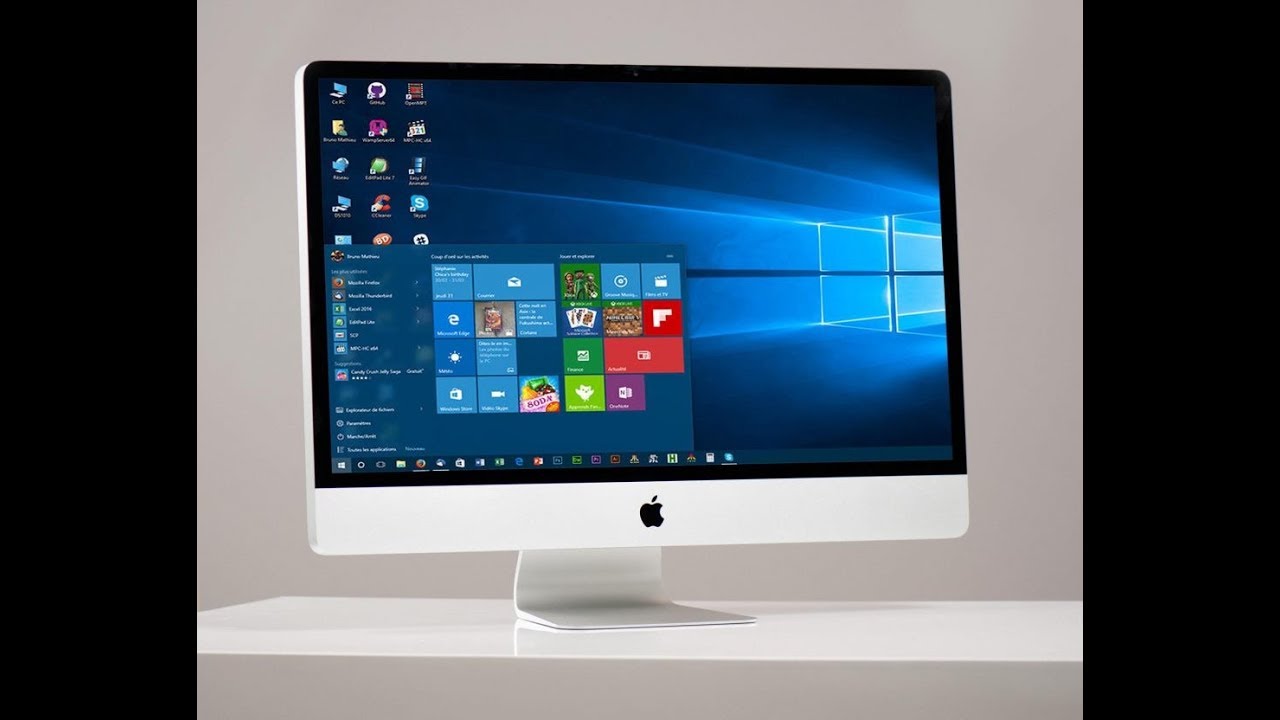
- #Macbook pro boots to mac os x utilities install#
- #Macbook pro boots to mac os x utilities download#
- #Macbook pro boots to mac os x utilities free#
- #Macbook pro boots to mac os x utilities mac#
#Macbook pro boots to mac os x utilities mac#
If you aren’t comfortable with cleaning the Mac manually, there are some nice automatic “room cleaners”. Then you can move your space hoggers onto an external drive or a cloud storage. Go to Finder > All My Files > Arrange by size
#Macbook pro boots to mac os x utilities free#
Here are some ideas to free up space on your drive: Next, you will need enough disk space available, for example, to create Recovery Partition.
#Macbook pro boots to mac os x utilities install#
Note, that it is recommended that you install OS on a clean drive.

The chart below tells you how much free space is needed. One more argument is that the free space on your disk translates into virtual memory so your apps have “fuel” to operate on. This includes not just space for the OS itself but also space for other applications and your user data. Given your Mac isn’t new and is filled with data, you will probably need enough free space on your Mac. We’ll be repeatedly referring to these Apple OS versions below, so it’s good to know the basic macOS timeline. Further down we’ll explain where to get one and what problems you may face down the road. Finally, if you want to run a parallel copy of Mac OS X on a virtual machine, you too will need a working installation file of an older Mac OS X. Also, you may have noticed your Mac’s performance went down right after the last update. To begin with, some of your apps may not be working properly (or simply crash) on newer operating systems. There are many reasons that could point you to this radical decision.
#Macbook pro boots to mac os x utilities download#
So, you’ve decided to download an older version of Mac OS X. It removes only safe-to-delete files and is notarized by Apple. Once Disk Utility has loaded, choose the disk you wish to repair - the default name for your system partition is generally "Macintosh HD", and choose 'Repair Disk'.So here’s the tip for you: download CleanMyMac X to refresh your Mac’s drive automatically.

If using an external disk, then choose 'Repair Disk', and allow the process to complete.It should give you some diagnosis to confirm whether your drive is viable, or needs to be repaired.

Once you've loaded Disk Utility, select 'Verify Disk' and allow your Mac to check the disk. You can locate Disk Utility within your Applications -> Utilities folder, or by searching "Disk Utility" in Spotlight. This requires the computer to be booted in Recovery mode, and as repairing the internal partition can have serious repercussions, we advise performing a back-up of any crucial data before proceeding. It can also be used on your internal partition if you are having trouble with OS X. The most obvious example would be when there is drive corruption caused by improperly removing external USB storage. Repairing Disks using OS X's Disk Utility can be a useful way to improve performance, and in some scenarios, recover lost data. As much a we all try to protect our computers, sometimes issues do arise with the drives where you store your data.


 0 kommentar(er)
0 kommentar(er)
